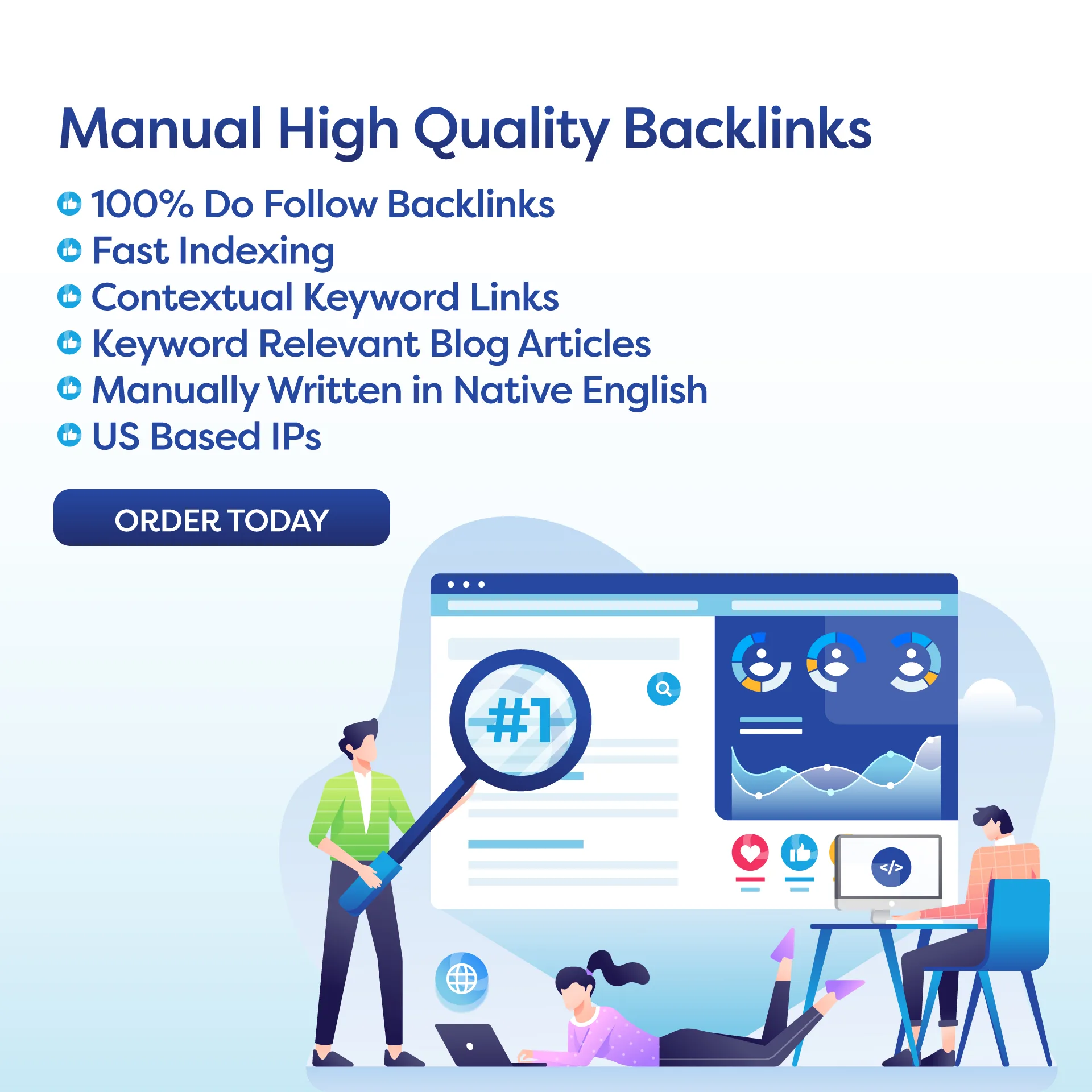Website Navigation Best Practices
Introduction
When it comes to creating a successful website, navigation is key. A well-designed and user-friendly navigation menu can greatly enhance the usability of a website and keep visitors engaged for longer periods of time. In this article, we will discuss the best practices for website menus and how to effectively navigate to success.
The Importance of Website Navigation
Think of your website as a map, with your navigation menu serving as the key to guide visitors to different areas of your site. Just like a map, a well-organized navigation menu can make it easier for users to find what they are looking for and navigate through your website seamlessly. Poor navigation, on the other hand, can lead to frustration and ultimately, a high bounce rate.
Simplicity is Key
One of the most important aspects of a successful navigation menu is simplicity. Keep your menu clean and clutter-free by limiting the number of items. Too many options can overwhelm visitors and make it difficult for them to find what they are looking for. It is recommended to have no more than 7 items in your main menu, with submenus if necessary.
Organize Your Menu
Organization is key when it comes to website navigation. Your menu should be logically organized, with items grouped together in a way that makes sense to the user. For example, if you have a clothing website, it would make sense to have categories such as “men’s clothing”, “women’s clothing”, and “accessories” grouped together under a “shop” category.
Use Clear and Descriptive Labels
The labels used in your navigation menu should be clear and descriptive, giving visitors a clear understanding of what they can expect to find in each category. Avoid using vague labels such as “miscellaneous” or “other”, as this can lead to confusion. Use simple and concise language to describe each category and avoid using jargon or technical terms.
Include a Search Bar
In addition to your main navigation menu, it is also important to include a search bar on your website. This allows visitors to quickly search for specific items or topics, making it easier for them to find what they are looking for. Make sure your search bar is prominently displayed and easily accessible on all pages of your website.
Consider User Behavior
When designing your navigation menu, it is important to consider the behavior of your target audience. This includes their browsing habits, preferences, and expectations. For example, if your target audience is primarily mobile users, you may want to consider creating a mobile-friendly navigation menu that is easy to use on smaller screens.
Test and Update Regularly
Last but not least, it is essential to regularly test and update your navigation menu. This includes checking for broken links, updating labels, and rearranging categories if necessary. It is also important to gather feedback from users and make necessary changes to improve the overall usability of your menu.
Conclusion
Having a well-designed and user-friendly navigation menu is crucial for the success of your website. By following these best practices, you can create a navigation menu that enhances usability and keeps visitors engaged for longer periods of time. Remember to keep it simple, organized, and considerate of your target audience’s behavior. Regularly testing and updating your menu will also ensure its effectiveness in the long run. With these tips in mind, you can navigate your way to a successful website.

